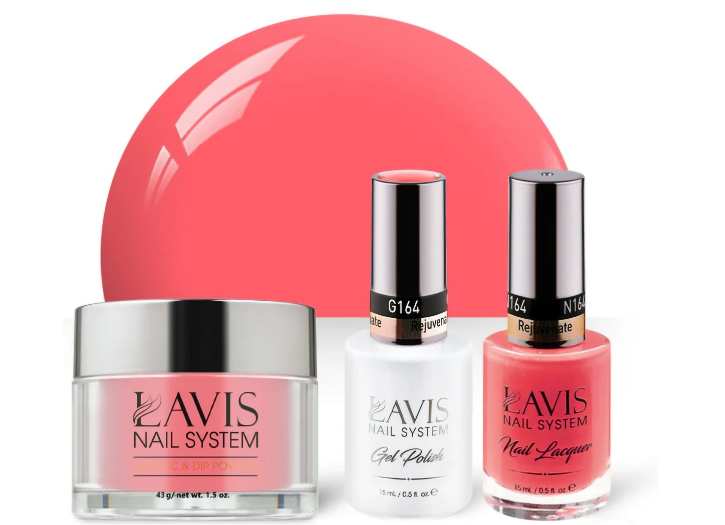When it comes to enhancing your nails with extensions, the options can be overwhelming. Acrylic, gel, and dip powder are three of the most popular methods, each with its own set of benefits and considerations. Let me break down the differences, pros, and cons of each type to help you decide which nail extension method is right for you.
Acrylic nails are made by combining a liquid monomer with a powder polymer to create a hard, protective layer over your natural nails. The mixture hardens as it is exposed to air, and the nails are then shaped and buffed. Acrylic nails are known for their strength and longevity. They can withstand daily wear and tear better than other types. They can be easily shaped, filed, and customized to any length or design. Almost all nail salons offer acrylics, making them a convenient option.
On the flip side, Acrylic nails require regular fills every 2-3 weeks to maintain their appearance and strength.The application process involves chemicals that have a strong smell, which can be off-putting. If not applied or removed properly, acrylics can cause damage to the natural nail.
Gel nails are created using a gel-based polish that is cured under a UV or LED light. Gel can be used for both extensions and as a polish over natural nails. Gel nails tend to look more natural and glossy than acrylics. They are more flexible and less likely to break compared to acrylics. The curing process under the light hardens the gel quickly, reducing the overall manicure time.
On the flip side, repeated exposure to UV light during curing can be a concern for some individuals. Gel nails are generally less durable than acrylics and may chip more easily. Removing gel nails can be time-consuming and, if not done properly, can weaken your natural nails.
Dip powder nails involve applying a base coat and then dipping the nail into a colored powder. This process is repeated to achieve the desired opacity, and the nails are then sealed with a clear protective top coat. Dip powder nails can last longer than gel nails, often up to 4 weeks without chipping. Unlike gel nails, dip powder doesn’t require curing under UV light, which some people prefer. The powder adds strength to the nails, making them less likely to break.
On the flip side, Dip powder nails can sometimes feel thicker and less natural than gel nails. If the dipping process is not done carefully, there is a risk of contamination. Similar to gel, dip powder nails require soaking in acetone for removal, which can dry out the nails.
Choosing between acrylic, gel, and dip powder nails depends on your lifestyle, preferences, and how much time you’re willing to invest in maintenance. If you want something strong, durable, and customizable go acrylic. If you prefer a natural look with some flexibility and shine, choose gel. if you want a long-lasting manicure without the need for UV light, opt for dip powder. Each method has its own unique appeal, so the best choice is the one that fits your needs and style. Whichever you choose, make sure to visit a reputable salon and take good care of your natural nails to keep them healthy and strong.
Photo Credit: Lavisnails.com
Story By: Sascha Ealey








Add Comment